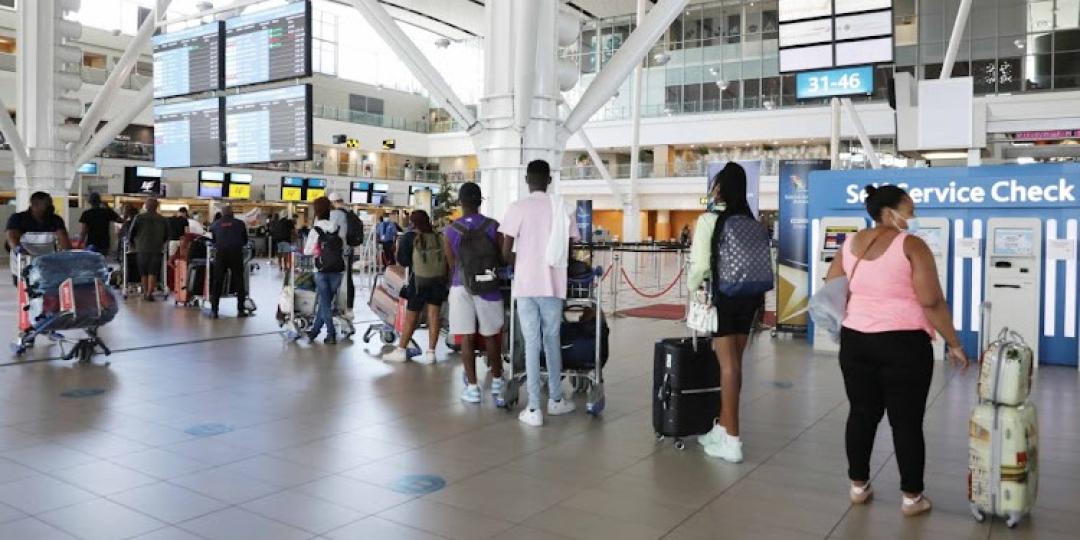South Africa’s winter may be keeping the locals indoors but it is also creating exceptional opportunities for the country’s tourism sector to entice visitors from the Middle East, looking for an opportunity to escape the heat.
During a recent developing markets webinar hosted by the Southern Africa Tourism Services Association (SATSA), South African Tourism’s Marketing and Promotions Manager for the Middle East, Sadiq Dindar, and Regional Manager (Southern Africa) for Emirates, Afzal Parambil, outlined some of the key opportunities presented by the Middle Eastern market.
Dindar said tour operators were reporting anecdotally that there had been an influx of visitors from the Middle East recently. And first quarter data for 2023, which he shared during the webinar, showed that arrivals from the Middle East had reached 90% of pre-pandemic levels. Additionally, aviation has also shown strong recovery and seat numbers are currently sitting at 91% of 2019 levels.
“When we count the arrivals from the Middle East, we count them as Stats SA gives them to us, and these are counted on passports, not the expats that live and work in the Middle East, which is also a huge opportunity,” Dindar said.
About 100 000 South Africans live and work in Dubai and large percentages of the populations in Gulf Cooperation Council countries are expats.
‘Significant arrivals growth’
Looking forward, arrivals from Israel, the United Arab Emirates and Saudi Arabia are estimated to show significant growth between 2023 and 2030.
“The Middle East is an opportunity for growth and recovery, and our arrivals from the Middle East are looking phenomenal,” said Dindar.
This is made more favourable by the fact that the average stay for Middle Eastern holidaymakers is between 15 and 20 days. Additionally, travellers are looking to escape the heat of summer at home, travelling between June and August, when South Africa’s tourism industry experiences the winter dip.
“In the past, Middle Eastern travellers looked to go to Australia and European countries on holiday to escape the heat, but European summers are getting hotter,” Parambil said, adding that this worked to South Africa’s advantage.
Emirates operates 42 weekly flights between Dubai and South Africa – slightly down from the 49 it operated pre-pandemic. However, Parambil points out that some of the flights are on the Airbus A380, which has more seat capacity.
The airline has also been working closely with SA Tourism to promote South Africa as a leisure destination, with its most recent joint activity being this year’s Arabian Travel Market in Dubai.
“It was extremely successful and if, as Sadiq said, you’re seeing a lot of tourists in Cape Town, it’s probably due to that.”
‘SA could offer more’
But South Africa could offer more as a destination. This included working closely with neighbouring countries to offer travellers better value, said Parambil.
“A first-timer to South Africa is probably looking at a combination of South Africa and Botswana and we should be able to offer it.”
The absence of visas on arrival means the country is losing out on a lucrative potential market of travellers from the Gulf Cooperation Council, where Cape Town and Johannesburg could become destinations for four- or five-night extended weekend stays.
“We’re seeing an increasing number of short-break customers coming into South Africa.” But he added: “If you tell people to apply three weeks in advance and that they must fill in all this paperwork, people do choose alternative destinations. And the alternative to Cape Town is Eastern Europe which is open to almost all nationalities.”
























